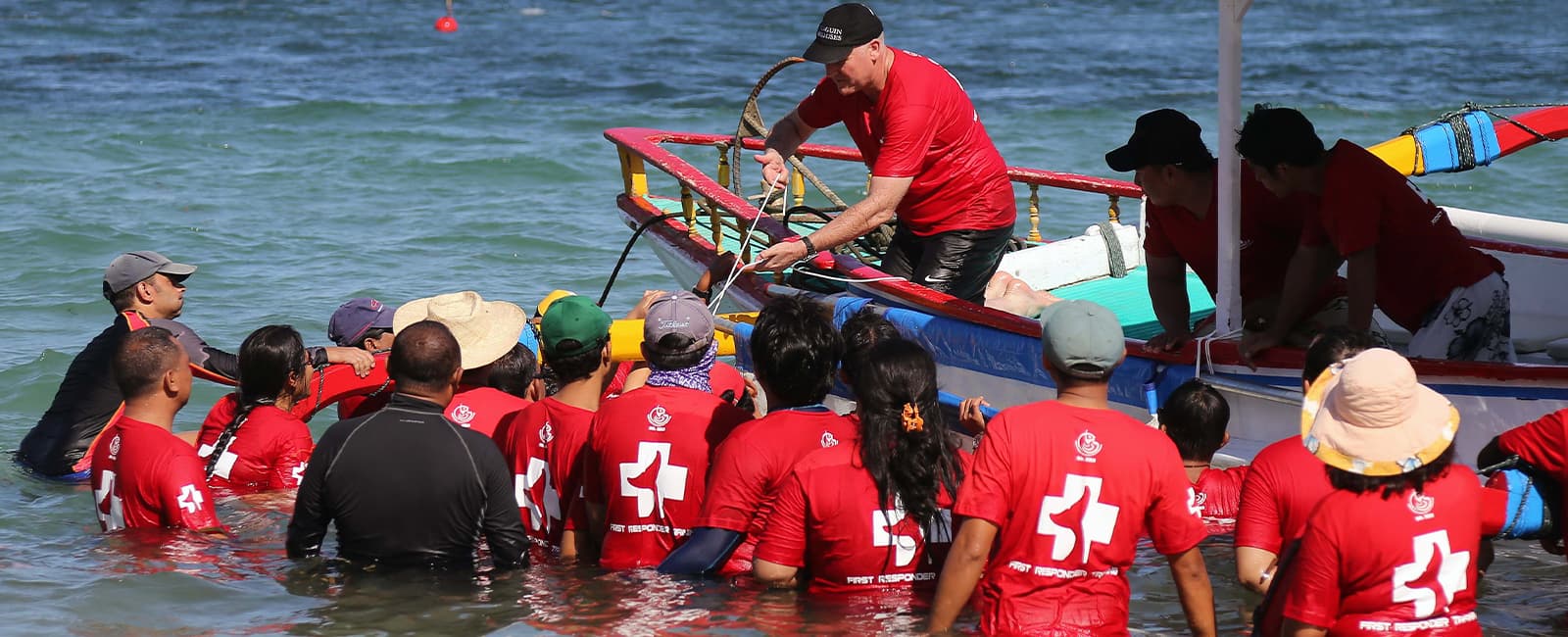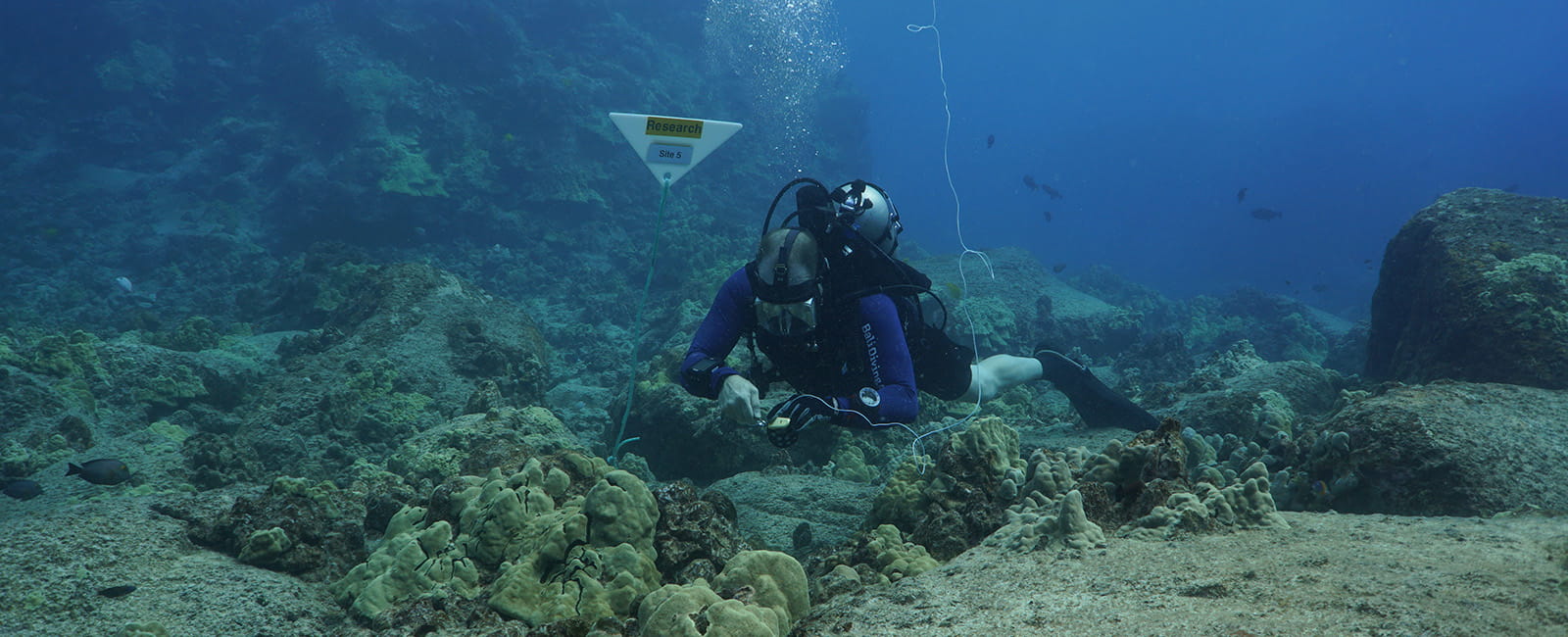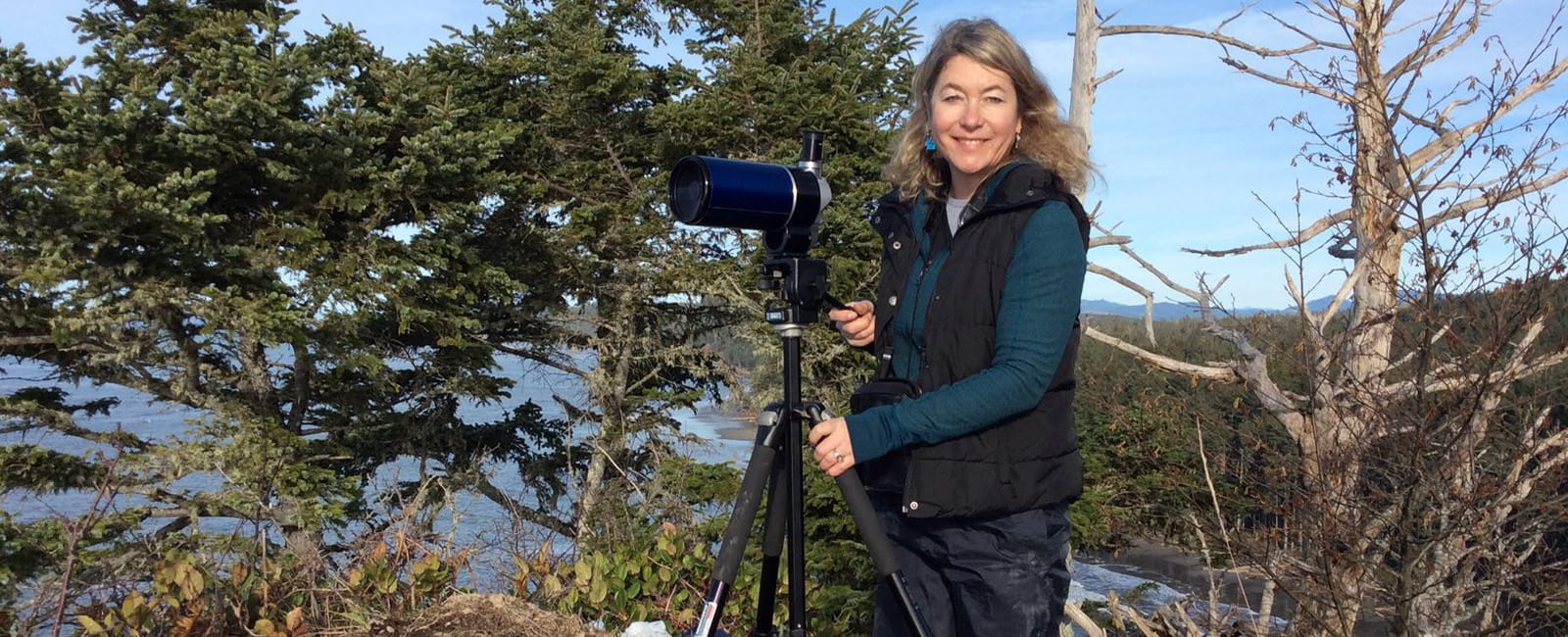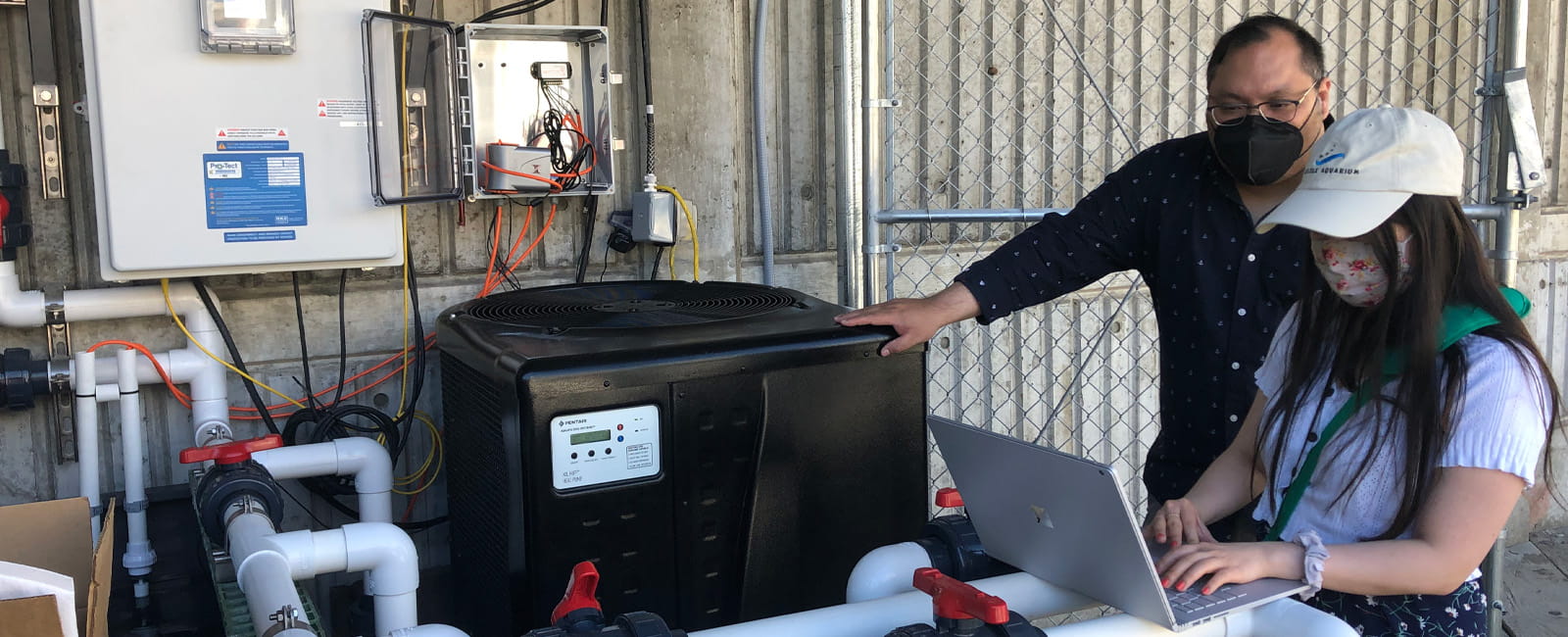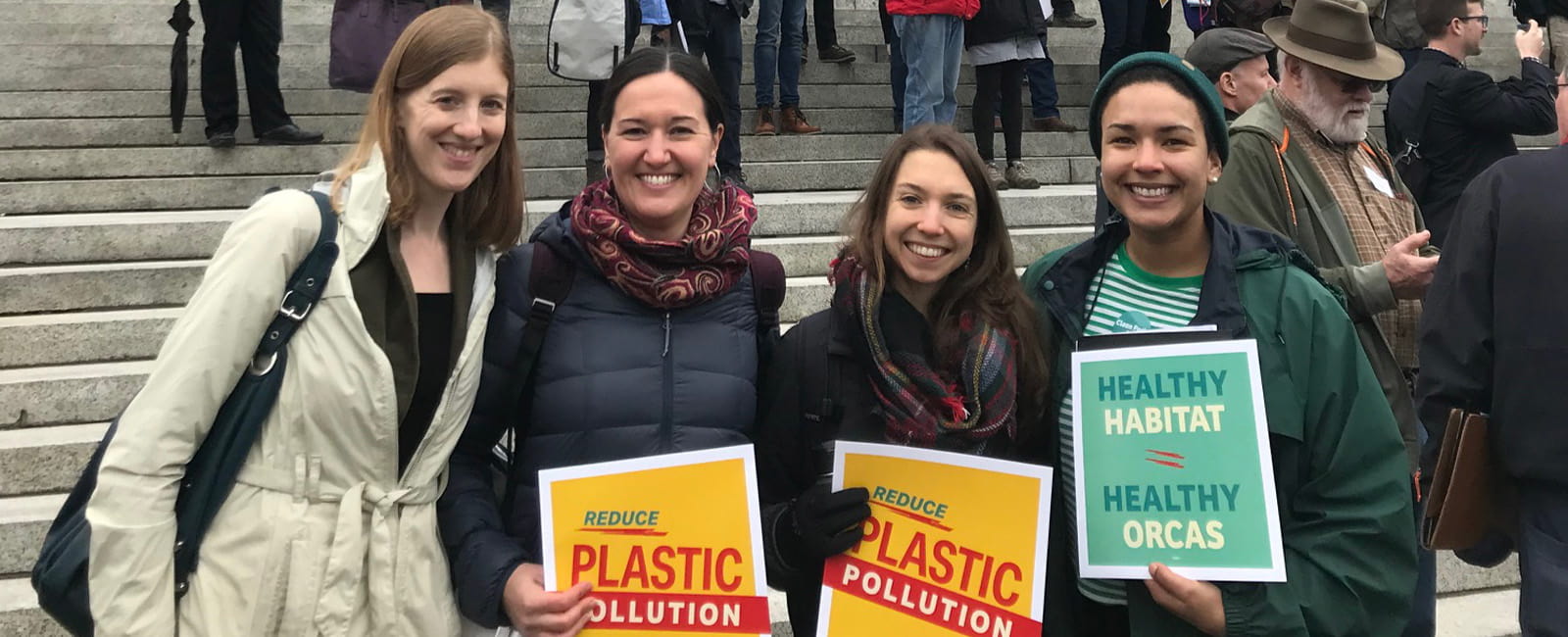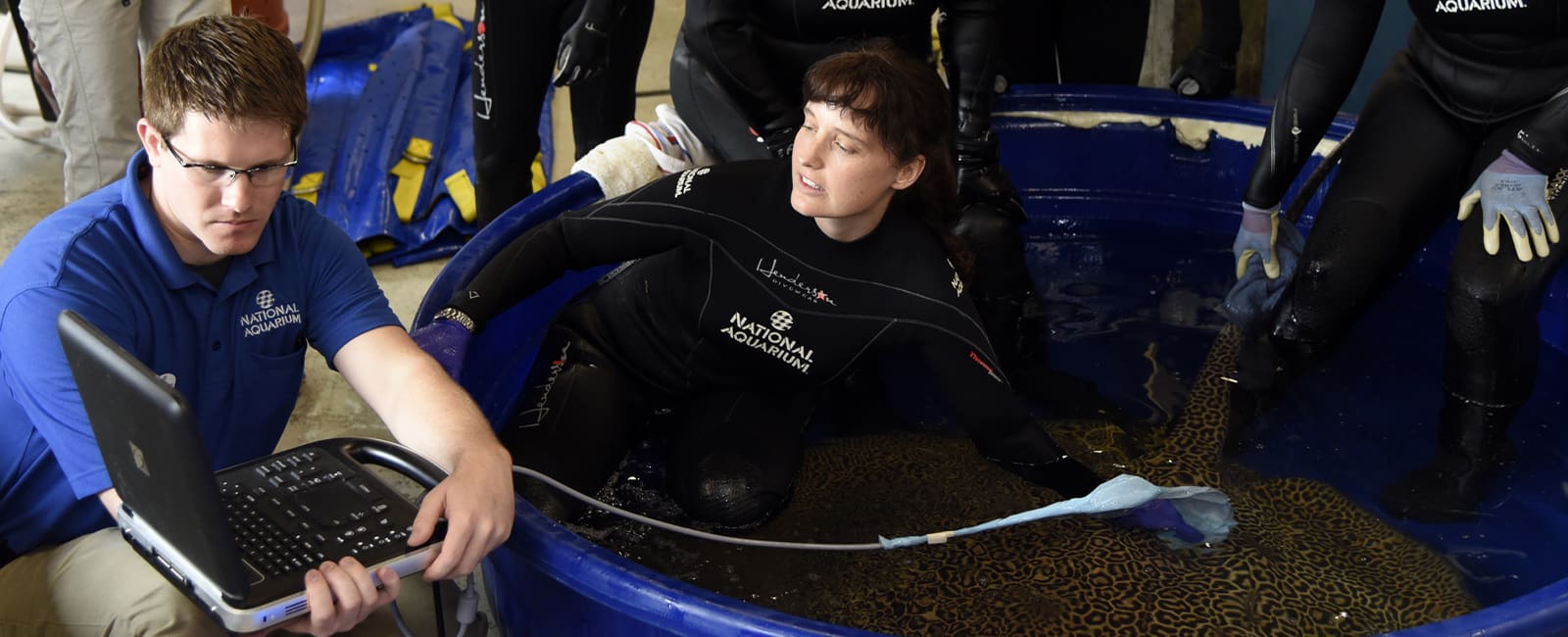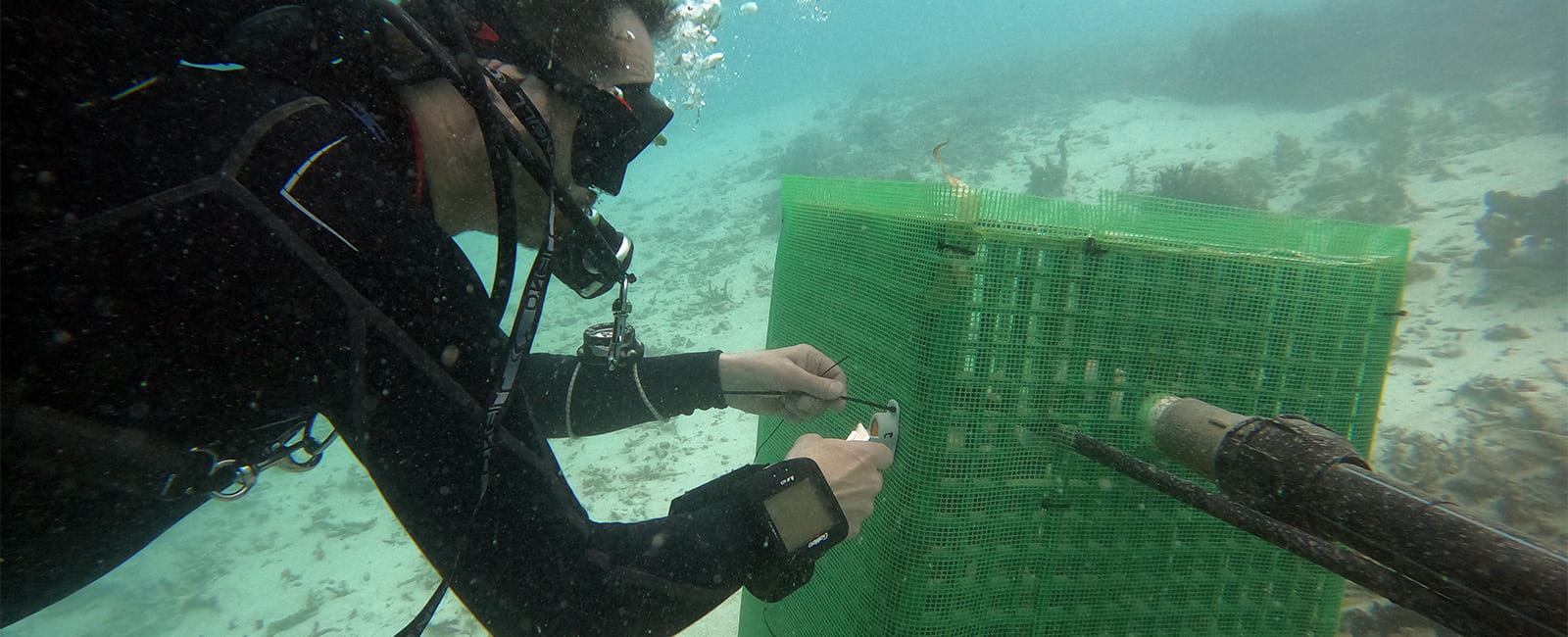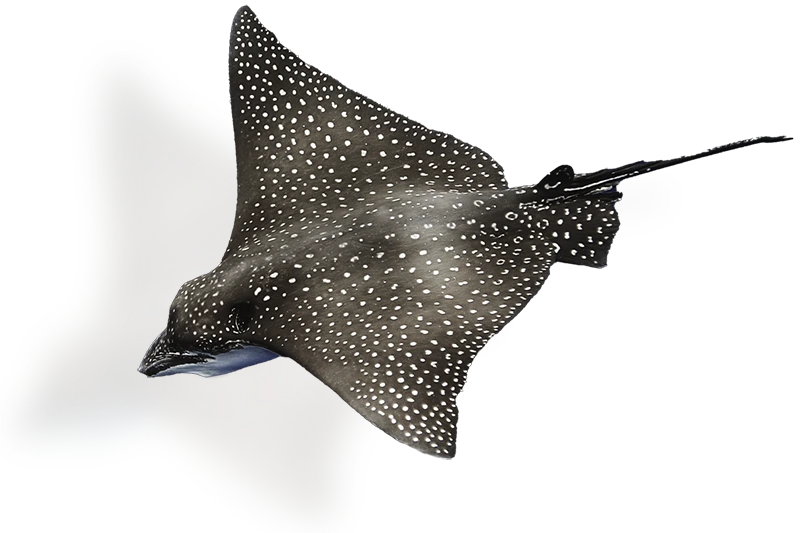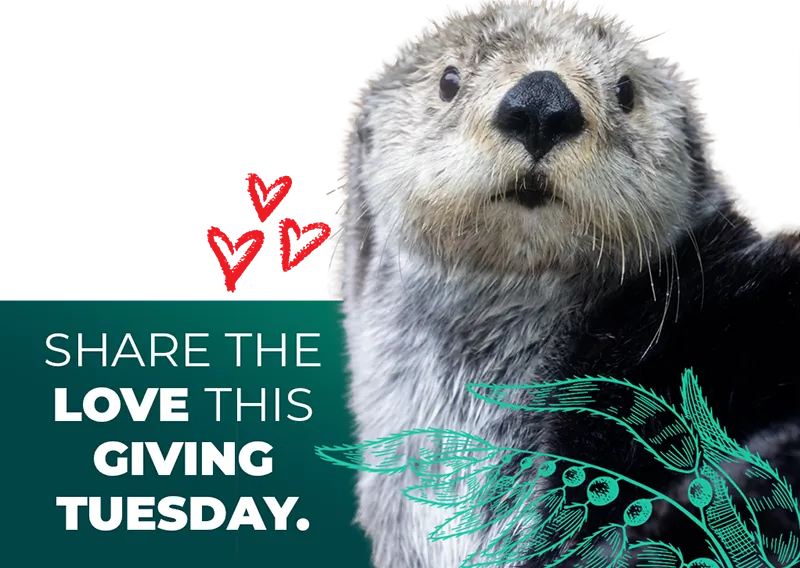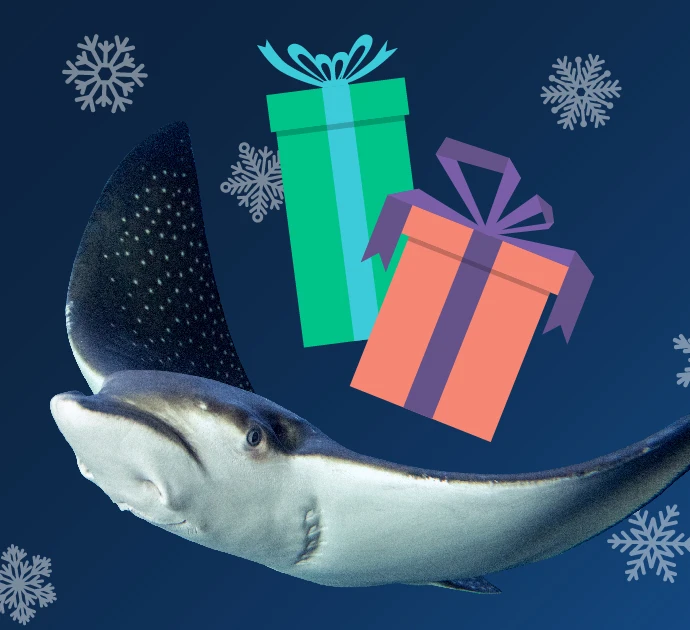WORKING TO RECOVER ENDANGERED SPECIES AROUND THE WORLD
The Seattle Aquarium’s species recovery program puts our expertise in animal welfare, research, field conservation, ocean policy and social change to work to save species from extinction. Sometimes species need direct assistance to recover from human impacts, in addition to resource management and protected areas. Together with dozens of partners, we’re helping to recover endangered species—both here at home and around the world—in two ways:
- Reintroduction and reinforcement—or in other words, breeding, rearing and releasing endangered species to reestablish wild populations.
- Participation in the International Union for Conservation of Nature (IUCN) Species Survival Commission specialist groups and government-led efforts to advance integrated conservation planning and action worldwide.
A Global Effort
Integrated conservation planning is only successful through collaboration with community members and partners worldwide, with a particular focus on locations where the species once lived or a current population persists. These recovery efforts are actively promoted by the IUCN. Through our program, we work with Indigenous peoples, governments, academic institutions, fellow aquariums, NGOs, tourism operators and for-profit companies. The benefits of working in partnership with experts and communities from around the world are exponential:
- Bringing together people from varied industries and with diverse perspectives catalyzes innovative, enduring solutions and cultivates community connections.
- Building local capacity and expertise helps propel future conservation programs led by local leaders.
- Through these partnerships, we’ll reach millions of people each year with conservation education, which will help increase public understanding and support of and engagement in species conservation.
Species we're Helping
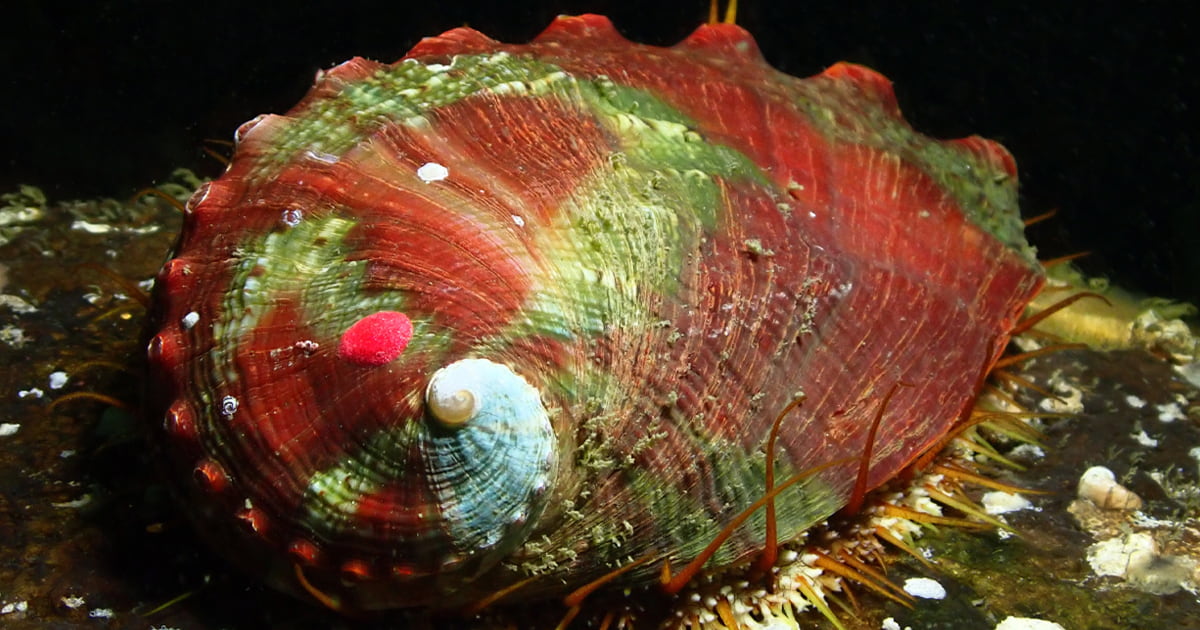
Recovering xʷč’iłqs (pinto abalone)
In 2020, we joined Puget Sound Restoration Fund, WA Department of Fish and Wildlife and others to recover xʷč’iłqs, which is Lushootseed for pinto abalone (Haliotis kamtschatkana). xʷč’iłqs is the only abalone species found in Washington waters and has cultural significance to Native Nations, Tribes and Indigenous peoples in Washington. Globally, pinto abalone are listed as Endangered on the IUCN Red List of Threatened species. Together with our partners, we aim to restore local populations of this species.
Photo: Adult pinto abalone, courtesy of Washington Department of Fish and Wildlife.
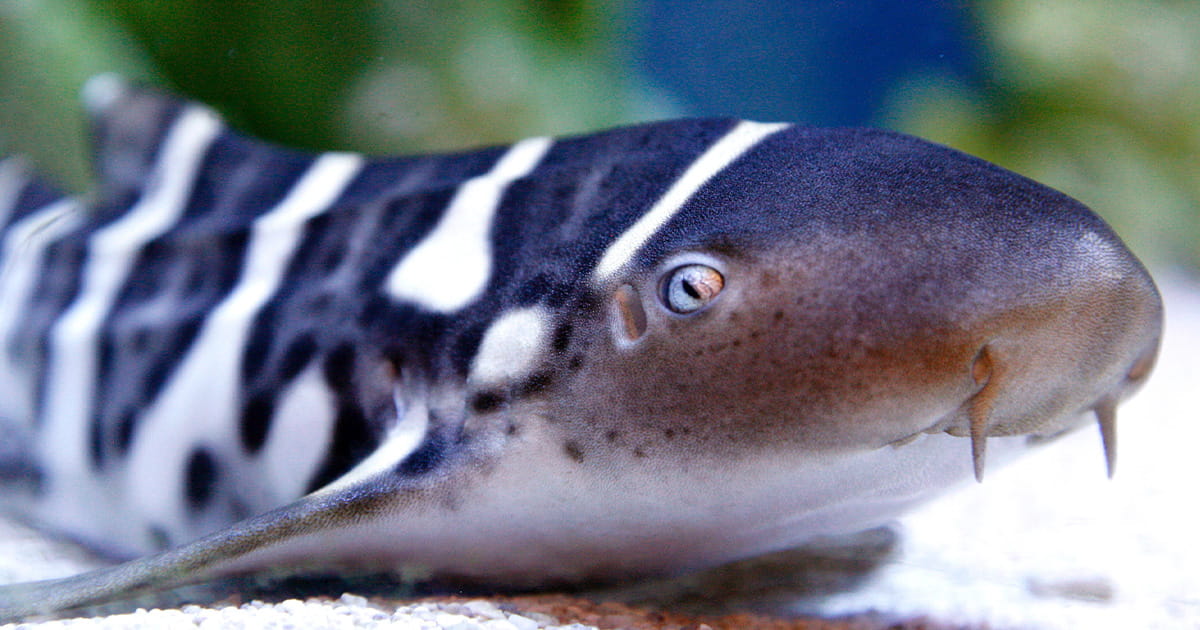
Recovering endangered sharks and rays
We helped launch a first-of-its-kind global coalition—ReShark—to restore endangered sharks and ray populations. ReShark includes 70+ nonprofit, academic and government partners. The coalition’s first project is to recover Indo-Pacific leopard sharks (Stegostoma tigrinum) in Indonesia. This species is critical to the health of its whole ecosystem, but its numbers have dramatically declined in recent years. With leadership from the West Papuan government and together with our other collaborators, we are working to turn the tide.
Photo: Juvenile zebra shark, Grant Abel, Seattle Aquarium
Advancing Global Strategies
In addition to our field conservation projects, we also advance global conservation strategies for endangered species. This includes participation in IUCN and government working groups for cetaceans, otters, and sharks; serving on the AZA SAFE Shark & Ray Program Steering Committee; and advocating for policies to advance southern resident orca recovery.
Meet Our Team
We invite you to view images of various Seattle Aquarium staff hard at work saving endangered species.
